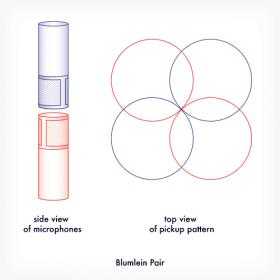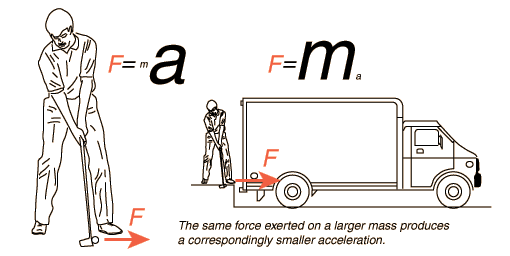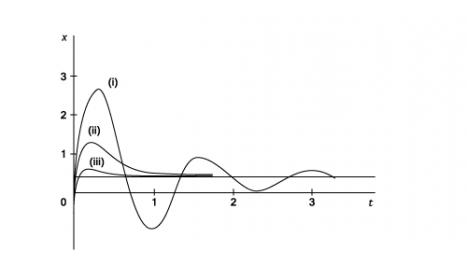I'm talking about the expensive massive amplifiers to drive them. In addition to the elaborate and expensive cabinets to house them. Crossovers are a nightmare also.
Von Schwiekert in his video on the VR-44 talks about $30-50k for an aluminum enclosure. Contrast that to NOLA Ko that is an open baffle design and amplifier freindly for under $10k
The granddaddy of acoustic suspension woofers is the AR1W. The design didn't change from about 1955 to the 1990s. Among the last production units using that design was AR303. The materials and methods of manufacture changed for example form a cast frame, alnico magnet, and cloth surround to stamped frame, ferrite magnet, and foam surround. In principle, all AR 12" (or 11" depending on who you talk to) woofers are interchangeable. The original Large Advent woofer was a knockoff and performed practically identically. Others used it in their design. Dhalquist used it for the woofer in his famous DQ10. Around 1955 the New York Audio League, predecessor to AES took 4 AR1s and 4 150 watt Western Electric amplifiers to Riverside Church in New York City for a Live versus Recorded experiment with an Aolean Skinner pipe organ. The industry stood up and took notice. Around 1960 AR introduced its own 3 way speaker incorporating that design in the AR3. It introduced the dome tweeter and a dome midrange driver it also invented. It became the world standard for accuracy and is on display at the Smithsonian Institute. Its successor which appeared around 1967 AR3a used the same woofer but an improved tweeter, midrange, and crossover. It was also a very widely desired and highly regarded speaker in its day. That's why so many people who restore old speakers hunt them down. Even by today's standards that woofer is an excellent performer.
The enclosure is nothing special, a rectangular sealed box of less than two cubic feet made out of a rigid material, marine plywood at the beginning and reinforced with some internal bracing. The type and amount of stuffing internally along with the enclosure volume is critical to its tuning to get the optimal Q. This woofer/enclosure is designed for around F3 of 35 hz, critical damping of .707 and has an equalizable linear falloff of 12 db per octave. Its usual crossover network is a simple second order LC low pass filter. It will produce a 30 hz tone with about 5% THD. It was among the best performing woofers available for home use 50 years ago and nothing near its price came close.
When originally displayed by the manufacturer AR woofers were driven by Dynaco Stereo 70 amplifiers. More powerful solid state amplifiers that can handle very low impedance loads down to one ohm or less and have power bandwidths that can drive the speaker to extremely low frequencies prove even better. Collectors of these speakers often favor Adcom GFA555, Crown 1000, QSC, Phase Linear 400 and 700, McIntosh, and others but any high powered amplifier that meets these criteria should work well. The drivers are rated for 150 to 200 watts rms but will handle peak impulse power of over 1 KW.
The best low frequency reproducer AR manufactured is acknowledged among those who know their products to be Teledyne AR9 (there was a later AR speaker called AR9 but it was entirely different.) It contains 2 side firing 12" woofers in a double sized enclosure. They're crossed over at 200 hz to an 8" front firing lower midrange, have an F3 of 28 hz and a Q of 0.5. A special crossover network consiting of a 2500 mf computer grade cap and 2 large inductors keeps the impedance of the parallel nominally 4 ohm drivers from going much below 4 ohms. They are equalizable flat in my room to below audibility. The can produce much more and deeper undistorted bass than any speaker I'm famaliar with and more than is required for any music. In fact they can produce wall shaking, window rattling, gut wrenching bass that can be overwhelming. The Dayton RS 1200 powered subwoofer seems to be patterned after it. Because of the double sided configuration, placement is critical and should be against the wall at least 2 feet from a side wall.
When they were manufactured AR3 sold for $225, AR3a for $250, and AR9 for $900 each. Some can quibble about small amounts of cabinet resonance but it's all the woofer I'll ever need for the room it's in.
If you'd like to discuss how it works I've got some insight into it and why it is different from other types of woofers. There's a 10" lower cost version used in AR2 series, AR5, AR90 and others. It works surprisingly well but doesn't have nearly the power capacity or quite the low end reach of the 12" version. AR5 is a 10" version of AR3a. Some prefer it for its slightly better lower midrange. 3 way speakers have always proved troublesome covering the entire audio spectrum. AR9 was a 4 way design. IMO all of these speakers benefit from careful equalization. They do not strive for "imaging" and usually don't satisfy audiophiles who find that important.
The acoustic suspension design seems to me to have become largely extinct among audiophile speakers. Where they're used, they don't seem to advertise the fact prominently. Right now ported designs are much more favored. I really don't know why. Practically all the speakers I own and most I listen to are acoustic suspension.










